A Missile Claim That Shook The Region:
On 29 September 2025, Yemen’s Ansarallah movement (Houthis) announced that its forces had fired a “Palestine-2” hypersonic ballistic missile with multiple warheads at Israeli targets in the Tel Aviv area, while simultaneously dispatching drones to strike Eilat. Military spokesman Brigadier General Yahya Saree declared the operation a success, insisting that it struck “sensitive sites” and sent waves of Israelis rushing into shelters.
Israel, however, painted a different picture. The Israeli army said it intercepted the missile, reported no casualties in Tel Aviv, and confirmed only that air-raid sirens sounded across central Israel. Independent reports verified injuries in Eilat, where a drone struck, wounding at least 22 people. Beyond that, little evidence has emerged to substantiate the Houthis’ bold claim of a hypersonic breakthrough.
This clash of narratives raises the stakes in a conflict already spilling far beyond Gaza. It also raises urgent questions: Did the Houthis truly field a hypersonic missile? If not, why announce it? And what are the humanitarian and geopolitical risks if the claim is, or becomes, real?
The “Hypersonic” Question: Extraordinary Claims, Thin Evidence.
Hypersonic weapons, defined as travelling faster than Mach 5 while manoeuvring in flight, are the bleeding edge of missile technology. Only a handful of states, China, Russia, the U.S., and to a lesser degree Iran, are known to be developing or fielding such systems.
The Houthis’ claim that they possess a hypersonic ballistic missile with a multi-warhead cluster payload is, to many analysts, implausible. Developing such a system would require advanced propulsion, heat-resistant materials, and testing infrastructure, resources Yemen lacks after a decade of war and blockade.
“It’s one thing to call a fast ballistic missile ‘hypersonic’ because it travels above Mach 5; it’s another to have a true hypersonic glide vehicle,” says one European missile analyst contacted by this outlet. “Without forensic evidence, this looks more like branding than reality.”
Israel’s claim of interception further complicates the narrative. If a hypersonic missile was indeed fired, intercepting it would be an extraordinary feat. But if the projectile was simply a modified ballistic missile, faster than usual but not manoeuvrable, the interception is more plausible.
What We Can Confirm:
- Sirens and interception in central Israel. Reuters and Israeli military channels confirm that a missile launched from Yemen triggered nationwide alerts. The army says it was intercepted.
- Casualties in Eilat. AP and other outlets confirm that a drone strike in the southern city wounded 22 people. This element of the Houthis’ announcement aligns with independent evidence.
- Israeli retaliation in Yemen. Within 24 hours, Israeli jets pounded Sana’a, claiming to hit command centres and weapons depots. Local reports said civilians, including children, were among the dead.
- Israeli authorities have acknowledged several key elements of the Houthis’ latest strikes. Air raid sirens were triggered across central Israel, including Tel Aviv and its suburbs, as missile alerts forced residents into shelters. In the south, drones struck near the port city of Eilat, leaving several civilians injured and sparking fires in commercial zones.
- Most significantly, a missile reportedly landed in the vicinity of Ben Gurion International Airport just as Prime Minister Benjamin Netanyahu was preparing to depart, forcing a temporary halt to flight operations and emergency diversion of air traffic. This incident, verified by multiple Israeli media outlets, marks the closest direct threat to Israel’s main international gateway and political leadership since the Houthis entered the conflict in late 2023.
What We Cannot Yet Confirm:
- A hypersonic missile was used.
- A multi-warhead cluster payload struck Tel Aviv.
- That Israel suffered material damage in Tel Aviv, as the Houthis claimed.
Why The Houthis Would Claim This?:
The Houthis’ narrative serves several political and strategic purposes:
- Domestic legitimacy. Positioning themselves as champions of the Palestinian cause bolsters their standing at home, where hardship is mounting under blockade and airstrikes.
- Regional signalling. The “hypersonic” claim sends a message to Israel and the Gulf: Yemen is no longer a peripheral battleground, but a direct front.
- Information warfare. Even without evidence of a strike, the announcement forced millions of Israelis into shelters, disrupted air traffic, and drew global headlines. That psychological and economic disruption is, itself, a victory.
Civilian Toll: Yemen Caught In The Middle.
Israeli retaliation has been swift and deadly. On 25 September, following a previous drone strike on Eilat, Israeli warplanes hit 60 targets in Sana’a, killing at least eight people and wounding over 140, according to Houthi health officials. Two weeks earlier, a larger wave of Israeli strikes across Sana’a and Al Jawf killed 46 and injured 165.
These attacks have deepened Yemen’s humanitarian catastrophe. The country was already facing famine, fuel shortages, and collapsed infrastructure. Each new Israeli raid compounds civilian suffering and draws criticism from rights groups, who argue that both the Houthis and Israel are endangering civilians in pursuit of regional leverage.
Investigative Gaps: What Reporters And Analysts Should Look For.
To move beyond competing press statements, investigators must seek hard evidence:
- Satellite imagery of alleged strike sites in Jaffa and Tel Aviv for craters or blast marks.
- Forensic debris analysis from Eilat and central Israel, fragments can reveal whether submunitions were used.
- Radar logs and air-defence telemetry from Israel (Arrow, David’s Sling, Iron Dome).
- Hospital injury patterns to check whether wounds match cluster bomb fragmentation.
- Maritime traffic anomalies in the Red Sea, where Houthis threaten ships that fail to identify themselves.
Until such evidence is gathered, the Houthis’ “hypersonic” label remains a claim, not a confirmed fact.
The Risks Of Escalation:
Whether or not the Houthis have mastered hypersonics, their long-range strikes are stretching Israeli defences and opening a new front. Each launch provokes Israeli retaliation deep inside Yemen, where civilians pay the highest price. The possibility that Iran or other actors are supplying advanced systems raises the spectre of a broader regional war.
If cluster munitions were used, as the Houthis claimed, this could also invite international legal action, since their use in populated areas violates humanitarian law.
The bottom line: the narrative itself is a weapon. In the absence of hard proof, the Houthis’ announcement has already shaped Israeli defence postures, regional calculations, and civilian lives in both Yemen and Israel.
Timeline: Key Incidents In The Houthi–Israel Conflict (May 2025 – September 2025).
| Date | Incident | What Happened / Claimed | Verified Damage / Casualties / Reactions | Gaps & Questions |
| 4 May 2025 | Houthi missile strike near Ben Gurion Airport (Tel Aviv) | Houthi forces fired a ballistic missile (some claim hypersonic) that hit the perimeter of Ben Gurion Airport. Flights were disrupted. | Eight people were injured. Some damage to the road, vehicle, and airport perimeter. Flights are suspended temporarily. | How accurate the missile was (impact location) vs claims of more serious penetration. What type of missile was used exactly (ballistic vs “hypersonic glide vehicle”)? |
| 5–6 May 2025 | Israeli retaliation in Yemen | Israel launched airstrikes on Hodeidah port, Sanaa airport and airbase. Infrastructure damaged. | Sanaa airport reportedly disabled. Some civilian casualties (reports vary). Damage to the port and infrastructure. | The precise number of casualties (civilian vs combatant) is inconsistent. Verification of what military installations were hit vs civilian collateral damage. |
| 16 May 2025 | Port strikes by Israel (Hodeidah & Al-Salif) | In response to repeated Houthi missile/drone attacks, Israel struck ports used by Houthis in Yemen, saying they were used for weapons trafficking. | Damage to port infrastructure. Israel warned civilians to evacuate the area around ports. Statements from both sides. | Extent of damage, precise naval routes affected, whether ports remain functional, long-term impact on Houthi supply chains. |
| 27 May 2025 | Interceptions of missiles/projectiles launched from Yemen | The Israeli military reported intercepting two separate attacks launched from Yemen. | No large casualties reported; sirens, public alert. | Nature of projectiles; whether they were missiles or drones, or UAVs; distance and trajectories; whether the intercepts were complete or partial. |
| 2 June 2025 | Missile interception by Israel | Israel says a missile launched from Yemen was intercepted, allegedly targeting Ben Gurion airport. Houthis claimed responsibility. | No reported injuries or major destruction. Sirens triggered. | Whether the missile had cluster munitions or multiple warheads, what type of missile, traceable damage or debris; confirmation from independent sources. |
| 7–8 July 2025 | Attack on MV Eternity C | Houthis attacked a commercial bulk carrier (flagged Liberia) in the Red Sea. The vessel was seriously damaged by sea drones/rocket projectiles. Crew casualties, kidnapping reported. Houthis said it was because the vessel’s operator serviced Israel. | Four confirmed dead. Multiple injuries or missing. The vessel abandoned and sank. Kidnappings of crew. | Full ownership/registration chain of the vessel; whether the vessel was actually servicing Israel; whether crew kidnapping is verifiable; international legal responses. |
| 28 August 2025 | Targeted killing of Houthi leadership in Sanaa | Israel carried out strikes (Operation “Lucky Drop”) targeting several senior Houthi ministers, including the Prime Minister Ahmed al-Rahawi, the defence minister, chief of staff. | At least 12 ministers were killed. Confirmation from both sides that high‐level Houthi leadership was struck. | Verification of the circumstances (meeting‐place, whether meeting was known in advance), civilian casualties, and subsequent impact on the Houthi command structure. |
| 10 September 2025 | Large airstrikes by Israel in Yemen (Sanaa, Al Jawf) | Israel launched multiple strikes targeting Houthi bases and alleged assets between Sanaa and Al Jawf. Houthis report heavy casualties. | Reports of ~46 people killed, ~165 wounded. Among them, journalists were reportedly killed. Civilian infrastructure damaged. | Discrepancies in casualty figures; identification of non-combatants; extent of infrastructural damage; satellite imagery to confirm. |
| 16 September 2025 | Israel strikes the port of Hodeidah. | Israel hit Hodeidah port, claiming use in weapons transfers. Houthis activated air defences. | Damage to port infrastructure claimed; confirmation of disruption by Houthis; civilian impact less clear in open sources. | Details on specific facilities hit, whether shipping was materially disrupted, and whether there were casualties among civilians. |
| 24 September 2025 | Drone strike on Eilat | A drone launched from Yemen struck in Eilat, injuring ~20-22 people, including two seriously, near a hotel. Sirens and alarms over breach of defences. Houthis claimed the drone strike. | Verified injuries; local media coverage; damage to hotel area; public concern over efficacy of defence systems. | Whether the drone was fully controlled as claimed, the specifics of damage, the identity of the hotel, whether the attack was purely civilian or if there was a military target. |
| 25–26 September 2025 | Israeli strikes on Sanaa, including military and civilian infrastructure | In retaliation (per Israel) for Houthi operations, Israel conducted airstrikes in Sanaa targeting Houthi command centres, intelligence compounds, and military camps. Houthis say residential and civilian areas were hit; casualties reported. | At least 9 deaths reported by Houthis; many injured (>170 by some reports); damage to buildings. Israel confirms targeting military targets. | Independent verification of target vs collateral damage; full casualty breakdown (combatant vs civilian); photographic/satellite evidence of buildings destroyed; reporting from NGOs on civilian harm. |
| 29 September 2025 | Houthi claim of hypersonic missile, multi-warhead strike (Tel Aviv) & drone strikes (Eilat) | Houthi spokesperson claims “Palestine-2” hypersonic missile with multiple warheads struck sensitive sites in Tel Aviv; drones struck vital facilities in Eilat. | Israeli military says missile was intercepted; sirens reported across central Israel. Drone injuries in Eilat remain among the more solid verified elements. | No independent proof yet of missile impact in Tel Aviv or damage matching the “multi-warhead” claim; unknown whether warheads functioned as claimed; verification of drone targets in Eilat. |
Conclusion:
The Houthis’ dramatic claim of launching a “Palestine-2” hypersonic missile at Tel Aviv is less a confirmed technological breakthrough than a strategic act of narrative warfare. While drones in Eilat produced verified injuries, the more explosive allegation, that a missile carrying multiple warheads landed near Ben Gurion Airport as Prime Minister Netanyahu was preparing to depart, has been verified. The incident forced a temporary grounding of flights and underscored just how vulnerable Israel’s critical infrastructure and political leadership can be to attacks launched from nearly 2,000 kilometres away.
Ansarallah’s claim of a hypersonic, multi-warhead strike on Tel Aviv is as much about politics and perception as it is about technology. The evidence so far supports only part of the story: drones have struck, civilians have been wounded, and Israel has retaliated in force. What remains uncertain is whether Yemen has truly crossed into the hypersonic era, or whether this is a calculated narrative designed to project power and destabilise Israel’s sense of security. Until independent verification emerges, through debris, satellite imagery, or forensic analysis, the world is left to parse competing claims while civilians in both Yemen and Israel remain caught in the line of fire.
What is clear is that each round of claims and counterclaims tightens the cycle of attack and retaliation: Houthis escalate with bold announcements, Israel responds with devastating strikes on Yemeni cities, and civilians pay the steepest price. The hypersonic narrative, true or not, functions as a weapon in itself, magnifying fear, forcing costly defensive responses, and entrenching Gaza’s war within a broader regional battleground. In the end, the danger may not only be whether Yemen has mastered hypersonics, but whether truth itself is collapsing under the weight of propaganda and retaliation, leaving ordinary people from Sana’a to Eilat to Tel Aviv trapped in a conflict where perception is as lethal as reality.
Advertisements
Tags:


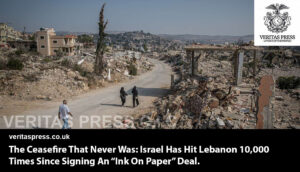





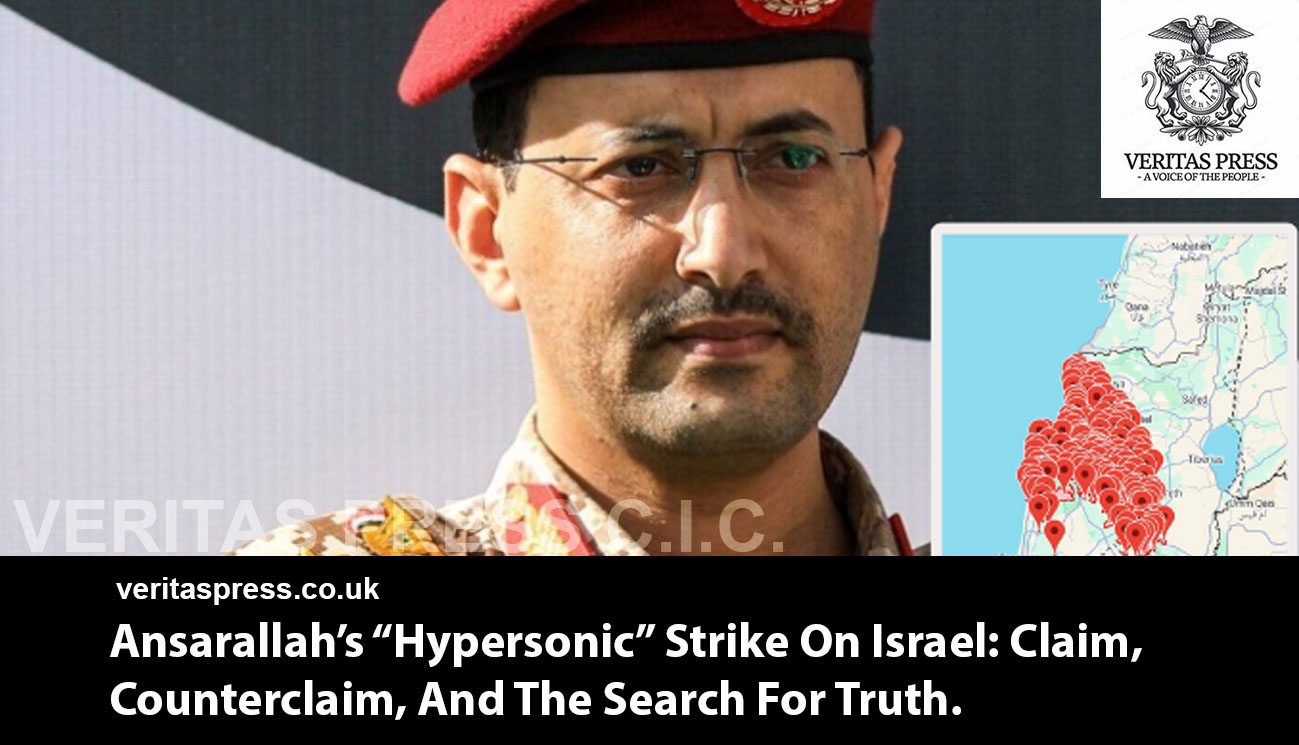


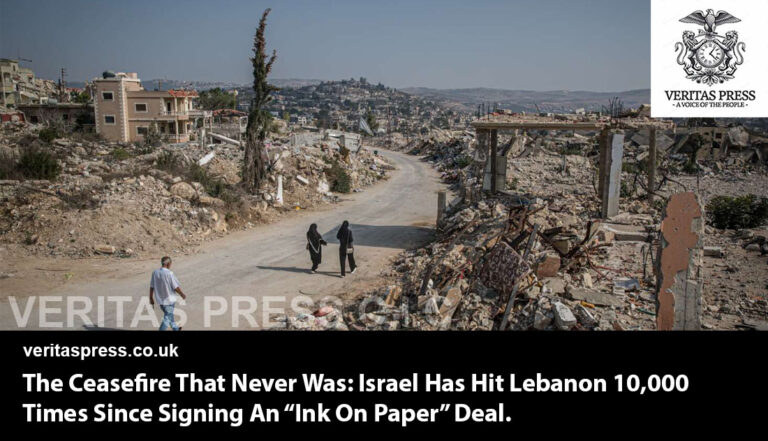






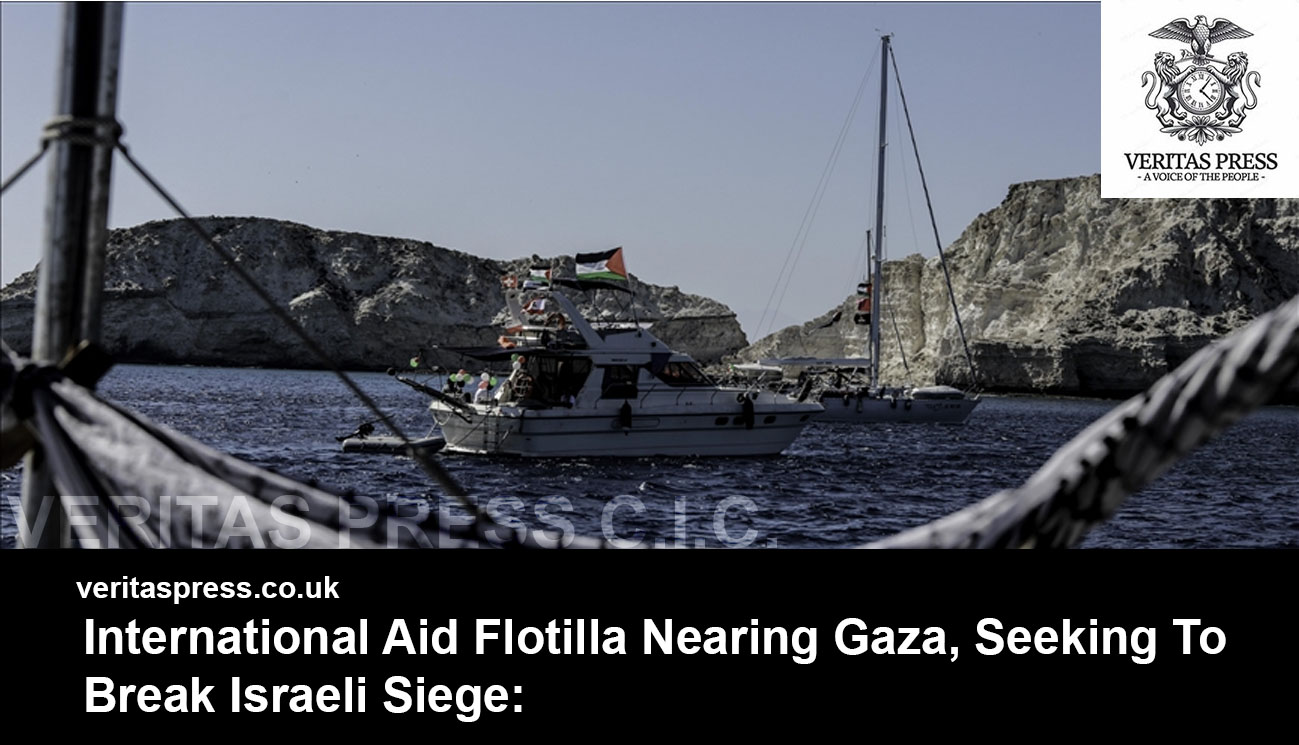
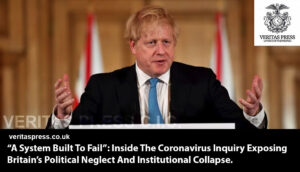


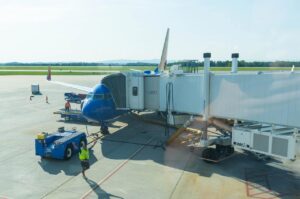







Leave a Reply